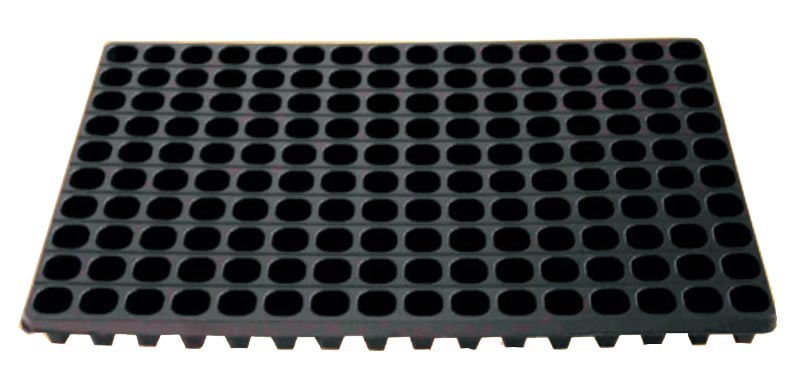Heat resistant castings are typically made out of stainless steels that have a high Chromium and Nickel count. Castings made out of a high resistant alloys are excellent for components exposed to dry gases at high temperatures for long periods of time. Industries that benefit from heat resistant castings include energy, engines, furnaces/ovens and petrochemical. We are leading a Heat Resistant manufacturers in India&Heat Resistant exportersin Indiaof Heat Resistant Casting which are available in both standard specifications and customised specifications, built as per the specifications given by the client. We export and supplies in several countries like Dubai, Qatar, Bangladesh, Srilanka and African countries.
These parts are available in many sizes and specifications to meet the requirements of our customers. Our team of qualified professionals manufacture these parts by making use of superior quality raw-materials brought from the trustworthy vendors of the industry. Heat Resistant Manufacturers in Mumbai. Owing to its non-corrosive nature and durability, these Heat Resistant Alloy Castings are widely demanded by our clients.
Heat-resistant cast steel can be divided into four categories:
1. Pearlitic Heat-resistant Cast Steel
The alloying elements of pearlite heat-resistant cast steel are mainly chromium and molybdenum, and the total amount generally does not exceed 5%. In addition to pearlite and ferrite, its structure also has bainite.
2. Martensitic Heat-resistant Cast Steel
The chromium content of martensitic heat-resistant cast steel is generally 7-13%.The common heat treatment process for martensitic heat-resistant steel castings is normalizing + tempering.
3. Ferritic Heat-resistant Cast Steel
Ferritic heat-resistant cast steel contains more chromium, aluminum, silicon and other elements, forming a single-phase ferrite structure, which has good oxidation resistance and high temperature gas corrosion resistance, but their high temperature strength is low, at room temperature The brittleness is greater and the weldability is poor.
4. Austenitic Heat-resistant Cast Steel
Austenitic heat-resistant cast steel contains more austenite-forming elements such as nickel, manganese, nitrogen, etc., at temperatures above 600°C, it has good high-temperature strength and structural stability, and good welding performance. Usually used as a heat-strength material that works above 600°C.
Uses of Heat-resistant Steel Castings
| Steel Grade |
Workable Temperature and Applications |
| 00Cr12 |
Anti-oxidation temperature 600~700℃, used as high temperature, high pressure valve body, burner |
| 0Cr13Al |
Applicable temperature range 700~800℃, gas turbine compressor blade |
| 1Cr17 |
Anti-oxidation at temperatures below 900℃, used as high temperature parts and nozzles for furnaces |
| 1Cr12 |
Oxidation resistance and high high temperature strength in the temperature range of 600~700℃ and used for high temperature parts of steam turbine blades, nozzles, and boiler burner valves. |
| 1Cr13 |
The oxidation resistance temperature is 700~800℃, and its use is the same as that of 1Cr12 steel |
| 0Cr18Ni9,1Cr18Ni9Ti |
Anti-oxidation temperature below 870℃, can be used as boiler heating surface pipe, heating furnace parts, heat exchanger, muffle furnace, converter, nozzle |
| 0Cr18Ni10Ti, 0Cr18Ni11Nb |
It is resistant to high temperature corrosion and oxidation in the temperature range of 400~900℃, and can be used for pipe fittings whose working temperature is below 850℃ |
| 0Cr23Ni13 |
Anti-oxidation temperature up to 980℃, used for burner fire tube, steam turbine blade, heating furnace body, methane conversion device, high temperature separation device |
| 0Cr25Ni20 |
Anti-oxidation temperature up to 1035℃, used for heating furnace parts; gas transmission system parts with working temperature below 950℃ |
| 0Cr17Ni12Mo2, 0Cr19Ni13Mo2 |
The anti-oxidation temperature is not lower than 870℃, the working temperature is 600~750℃, the heat exchanger tubes and furnace fittings for chemical industry and oil refining. |
| 0Cr17Ni7Al |
High temperature load-bearing parts with working temperature below 550℃ |

